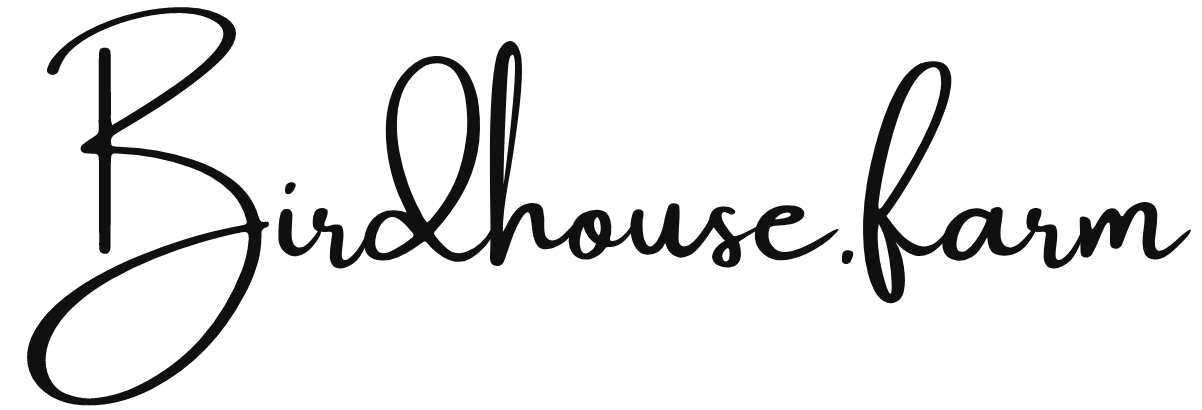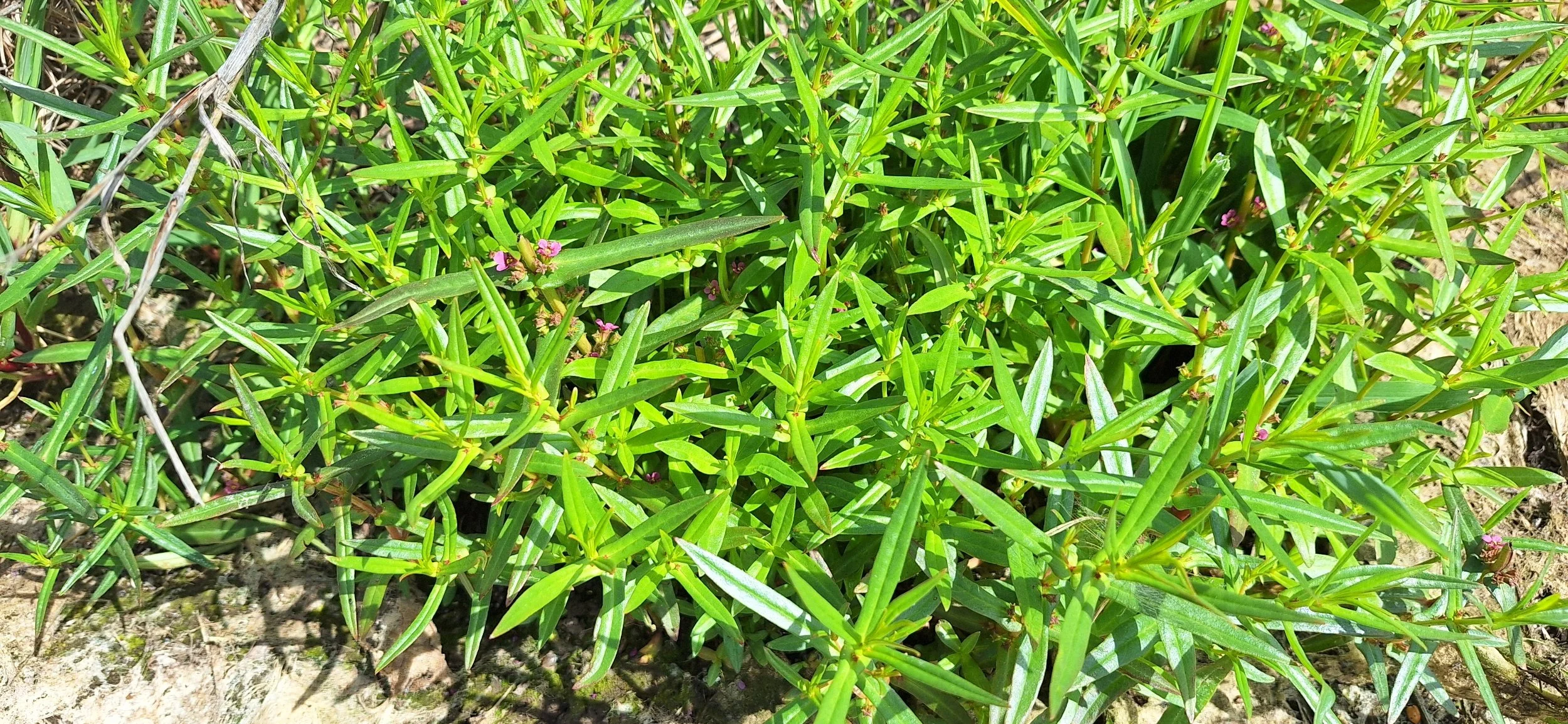A New Kind of Lawn: Kid-Friendly, No-Mow, and Regenerative!
Birdhouse.farm’s Guide to Playful, Low-Growing, No-Mow Landscaping
Forget the mower. At Birdhouse.farm, we believe lawns should support pollinators, invite play, and rebuild the land. That’s why we’re replacing turfgrass with native and naturalized plantings under 10 inches tall safe for kids, full of life, and beautifully low maintenance.
This is more than landscaping. It's rewilding the backyard, and every patch of ground can help support local wildlife.
---
💡 What Makes a Good No-Mow Lawn?
🌱 Stays under 10 inches with no mowing
🧒 Safe for bare feet, curious kids, and little hands
🐝 Supports pollinators and wildlife
💧 Drought-resistant, low water and low chemical
🌿 Mostly or entirely native species (marked ✅ Native)
---
☀️ FULL SUN OPTIONS
Best for open yards, open play areas, or sunny borders
Plant Height Native? Notes
Buffalograss (Bouteloua dactyloides) 4–8" ✅ Excellent turf alternative, soft
Blue Grama (Bouteloua gracilis) 6–10" ✅ Attractive seed heads, drought tolerant
Prairie Dropseed (Sporobolus heterolepis) 6–10" foliage ✅ Fragrant, textural beauty
Creeping White Clover (Trifolium repens) 4–6" ❌ Naturalized Nitrogen fixer, soft and edible
Self-Heal (Prunella vulgaris var. lanceolata) 4–8" ✅ Pollinator-friendly groundcover
Common Yarrow (Achillea millefolium) 6–10" ✅ Tough, aromatic, supports butterflies
Plains Coreopsis (Coreopsis tinctoria) 8–10" ✅ Yellow blooms, reseeds easily
Purple Poppy Mallow (Callirhoe involucrata) 4–8" ✅ Sprawling, magenta blooms, attracts bees
Wild Strawberry (Fragaria virginiana) 4–6" ✅ Edible fruit, fast spreader
Low-Growing Black-Eyed Susan (Rudbeckia hirta dwarf strains) 8–10" ✅ Native pollinator plant
---
🌳 PARTIAL TO FULL SHADE OPTIONS
Ideal for under trees, beside fences, or north-facing walls
Plant Height Native? Notes
Wild Ginger (Asarum canadense) 3–6" ✅ Deep shade cover, heart-shaped leaves
Virginia Waterleaf (Hydrophyllum virginianum) 6–10" ✅ Spring color, good shade filler
Early Blue Violet (Viola sororia) 3–6" ✅ Host for fritillary butterflies
Wild Strawberry (Fragaria virginiana) 4–6" ✅ Edible, tolerant of some shade
Pennsylvania Sedge (Carex pensylvanica) 4–8" ✅ Excellent turf substitute for dry shade
Woodland Phlox (Phlox divaricata) 6–10" ✅ Blue/purple blooms, early nectar source
Jacob’s Ladder (Polemonium reptans) 6–10" ✅ Ferny foliage, light shade preferred
Common Violet (Viola bicolor) 2–4" ✅ Lovely scattered groundcover, reseeds freely
---
💧 MOIST OR SEASONALLY WET AREAS
For rain gardens, wet meadows, or edges of swales and ponds
Plant Height Native? Notes
Monkey Flower (Mimulus ringens) 6–10" ✅ Purple blooms, amphibian-friendly habitat
Golden Ragwort (Packera aurea) 6–10" ✅ Bright yellow flowers in spring
Blue Lobelia (Lobelia siphilitica) 6–10" ✅ Late summer bloom, pollinator plant
False Nettle (Boehmeria cylindrica) 6–10" ✅ Host for Red Admiral butterflies
Creeping Jenny (Lysimachia nummularia) 4–6" ❌ (non-native, non-invasive) Moist soil cover, bright green leaves
Marsh Marigold (Caltha palustris) 6–10" ✅ Wet spring flower, good by water edges
---
🚸 HIGH TRAFFIC OR PLAY SPACES
For footpaths, barefoot zones, or where kids run and dig
Plant Height Native? Notes
Microclover (Trifolium repens var. Pirouette) 3–5" ❌ Handles wear, resilient under play
Self-Heal (Prunella vulgaris var. lanceolata) 4–8" ✅ Durable and quick spreading
Mini Creeping Thyme (Thymus serpyllum var. minor) 2–4" ❌ Edible, aromatic, handles trampling
Blue Eyed Grass (Sisyrinchium angustifolium) 6–10" ✅ Grasslike, violet blooms, compact habit
Dwarf Fleabane (Erigeron pulchellus) 4–6" ✅ White daisy-like flowers, tough
Prairie Smoke (Geum triflorum) 6–10" ✅ Soft feathery seedheads, native prairie plant
Wild Petunia (Ruellia humilis) 6–10" ✅ Sprawling habit, pollinator draw
Field Pussytoes (Antennaria neglecta) 2–6" ✅ Velvety leaves, dense mat-forming, low-key beauty
---
🌻 Design Advice from Birdhouse.farm
Use mosaics, not monocultures: Combine 4–6 species in each space for visual interest, resilience, and ecological benefit.
Design kid-interaction zones: Add kid-scale elements like tiny stepping stones, “plant petting zones,” bug hotels, or berry patches.
Let it evolve: This is a living carpet. Allow reseeding, seasonal blooming, and some experimentation.
No chemicals ever: Everything on this list is compatible with regenerative, chemical-free stewardship.
---
🐾 A Living Playground for All Ages
By replacing sterile turf with low growing native vegetation, we create child-safe places to crawl, stomp, and imagine while also healing degraded soils, welcoming native bees and butterflies, building educational opportunities, and returning diversity to the land.
This is how we teach kids that play can regenerate the planet.

